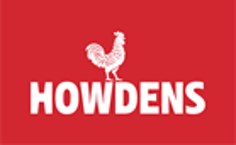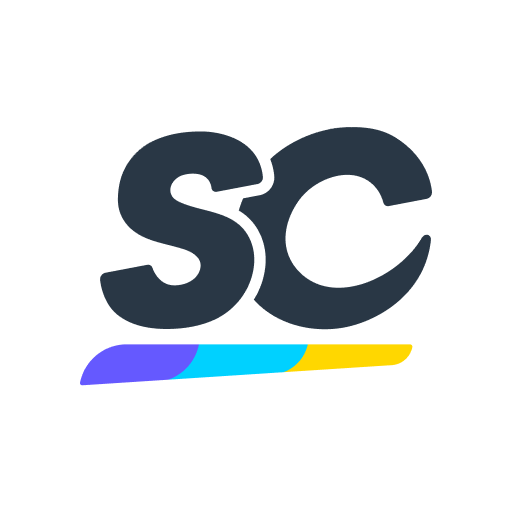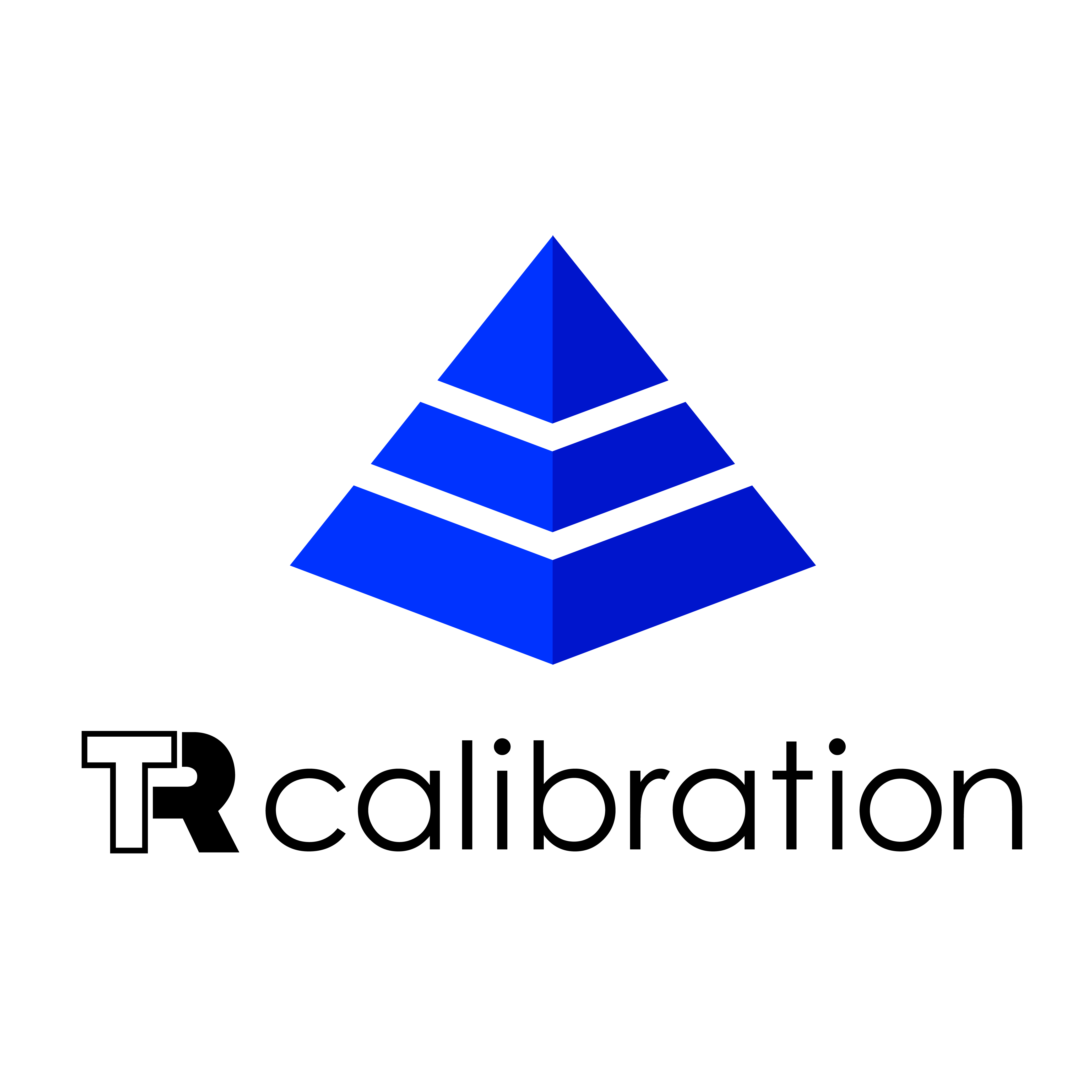Title Page
-
ISO 9001:2015 Audit designed to cover clauses in relation to Relationship Management within the QMS
-
Conducted on
-
Prepared by
-
Location
-
Clauses Audited:
4.2 Understanding the needs and expectations of interested parties
7.2 Competence
7.3 Awareness
7.5 Documented information
7.5.2 Creating and updating
7.5.3 Control of documented information -
Additional Clauses Audited :
4.2 Understanding the needs and expectations of interested parties
-
How have you determined what interested parties are relevant to the QMS?<br>How have you determined what requirements those parties have that are relevant to the QMS?<br>How has impact or potential impact been determined?
-
How do you monitor and review the information about interested parties and their relevant requirements?
7.2 Competence
-
Show me how:<br>You determine the necessary competence of people doing work under your control that affects quality performance;<br>How do you determine competence on the basis of appropriate education, training or experience?<br>How do you take actions to acquire necessary competence where applicable and how do you evaluate the effectiveness of those actions?<br>Show me documented information where appropriate of competence.
-
NOTE Applicable actions can include, for example, the provision of training to, the mentoring of, or the reassignment of currently employed persons; or the hiring or contracting of competent persons.
7.3 Awareness
-
How are people aware of:<br>The quality policy?<br>Relevant quality objectives?<br>Their contribution to the effectiveness of the QMS?<br>The benefits of improved performance?<br>The implications of not conforming with the QMS requirements?
7.5 Documented information
-
What documented information do you have as required by this standard?<br>What documented information do you have as being necessary for the effectiveness of your QMS?
-
NOTE The extent of documented information for a quality management system can differ from one organization to another due to:
a) the size of organization and its type of activities, processes, products and services;
b) the complexity of processes and their interactions;
c) the competence of persons.
7.5.2 Creating and updating
-
Show me that your documented<br>information contains:<br>Identification;<br>Description;<br>In what media format?<br>Show me how the documented information is reviewed and approved for suitability and adequacy.
7.5.3 Control of documented information
-
Show me how you control documented information.<br>Show me how you make it available and suitable for use.<br>How do you protect your documented information?
-
When controlling documented information,<br>how do you address:<br>Distribution;<br>Access;<br>Retrieval;<br>Use;<br>Storage and preservation;<br>Legibility;<br>Control of changes;<br>Retention and disposition.
-
How do you identify as appropriate and control documented information of external origin which you have determined as necessary for the QMS
-
NOTE Access can imply a decision regarding the permission to view the documented information only, or the permission and authority to view and change the documented information.
Audit Findings And Non Conformance's
-
Executive Summary / Overall Conclusions
-
Non Conformity / findings raised
-
Auditor Signature
-
End of Report












